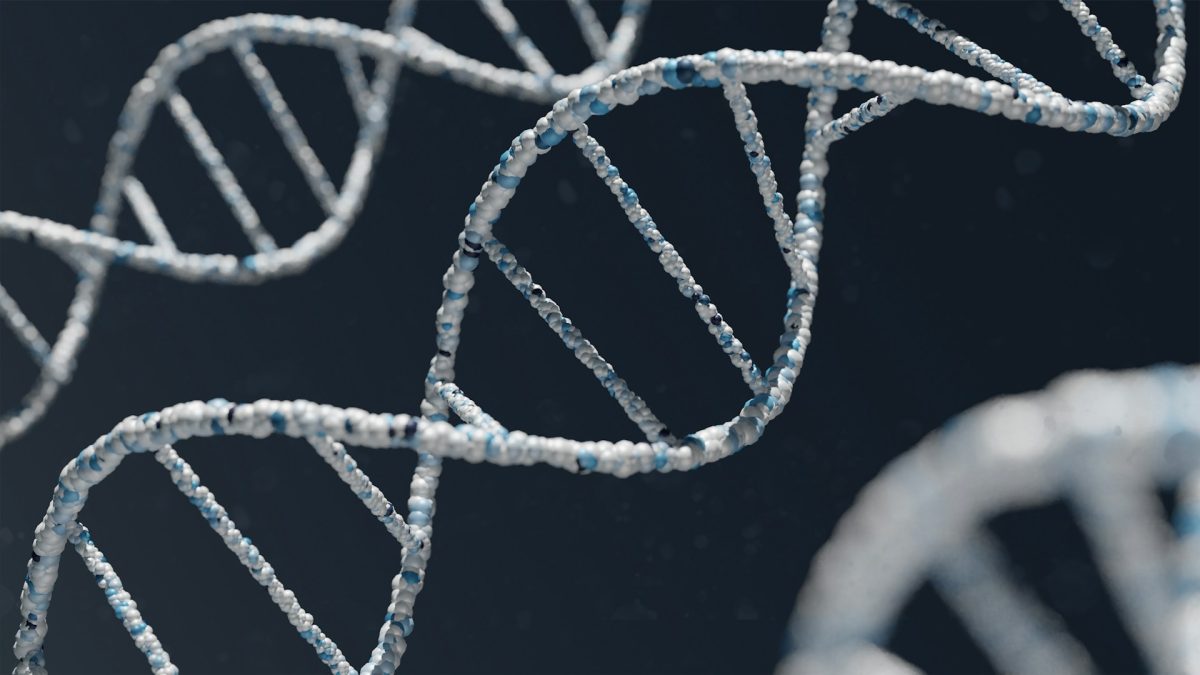Below are a few basic processes followed throughout DNA testing. The general procedure entails:
How is DNA Analyzed?
The DNA sample is taken to a forensic laboratory. These labs differ significantly in terms of how they have been organized and the kind of analyses they provide. Many laboratories can test nuclear DNA, which is the copy of DNA found in every cell’s nucleus. However, specialized procedures such as mtDNAanalysis and Y-chromosome among others are only available in a few sophisticated labs. Let us take a closer look at a few of these strategies.
Restriction Fragment Length Polymorphism (RFLP)
One of the first forensic approaches for analyzing DNA is restriction fragment length polymorphism (RFLP). It measures the length of DNA strands with repeating base pairs. Variable number tandem repeats (VNTRs) is a type of repetition that can occur anywhere between one and thirty times.
Short and Tandem Repeat Analysis (STR)
RFLP analysis is slowly being phased out in favor of short tandem repeat (STR) analysis in many laboratories. One of the most significant benefits of this technology is that it can begin with a considerably smaller quantity of DNA.
STR analysis evaluates the frequency of repeat of base pairs in specific segments on a DNA strand after DNA amplification. Repeats of two, three, four, or five base pairs are known as dinucleotide, trinucleotide, tetranucleotide, or pentaLetnucleotide repeats. Investigators frequently look for tetranucleotide or pentanucleotide repetitions in PCR-amplification samples because they offer high accuracy.
Importance of DNA Analysis:
DNA analysis’s primary goal is to create a visual representation of DNA. A DNA “image” resembles a fingerprint taken from a flat surface with columns of dark-colored parallel bands, and it is unique to every individual. The DNA “fingerprint,” or profile, of a DNA sample, must be compared, either to DNA from a suspect or to a DNA profile kept in a database, to identify the sample’s owner.
Equipment Used to Analyze the DNA:
DNA testing investigates several loci in human DNA when investigating possible a match. Human DNA differs by around one-tenth of one percent, or roughly three million base pairs (a person has three billion in total); therefore, you must identify highly variable regions. Sterile cotton swabs are the most commonly used tools to collect samples because they limit the possibility of contamination. However, you can study any fluid or tissue from any item or object. Some of the lab equipment used in DNA analysis include:
Thermostatic Cycler:
There are different equipment used for each procedure. A thermal cycler holds a block of tubes carrying PCR mixture. It raises or lowers the block’s temperature in pre-programmed steps, as used in PCR (polymerase chain reaction), a common technique in DNA analysis. This splits and amplifies the DNA, resulting in multiple copies of the same strand. The approach is used to evaluate even little or deteriorated materials. The DNA, on the other hand, must still be tested.
DNA Analyzer:
To detect particular nucleotide sequences, a DNA probe labeled with a radioactive molecular marker may bind to a complementary DNA sequence in the sample resulting in a unique pattern for each person, which can then match a different sample.
It is more likely that scientists will find a match if there are more loci present. The recommended number is approximately four to six probes. After that, the amount of time and money spent on testing skyrockets.
Dyes and Electric Fields:
After amplification, another approach referred to as short tandem repeat (STR) is implemented. This process involves the use of either gel electrophoresis or capillary electrophoresis. Both methods use an electric field to see any repetitive DNA sequences across 13 distinct loci. Researchers can use silver staining, intercalating dyes like ethidium bromide, or fluorescent dyes to make the sequences more visible. The chances of two people having an exact match are roughly one in a billion, which means only approximately six or seven people on the planet will have a match.
DNA Isolation Kits:
Most molecular biology procedures, such as cloning, library preparation, and sequencing, need plasmid DNA purification as a starting material. There are ready-to-use plasmid purification kits and reagents to extract high-quality plasmids from bacterial and fungal cell types, such as those offered by Modern Biology. Select the purification scale (from miniprep to gigaprep), format (spin, vacuum, or magnetic), and compatibility with automated systems using the specified filters.
DNA test kit investigates several loci in human DNA when investigating possible a match. Human DNA differs by around one-tenth of one percent, or roughly three million base pairs (a person has three billion in total); therefore, you must identify highly variable regions.
Polymerase Chain Reaction Machines (PCR)
When you’re able to make several copies of a DNA segment, you can conduct various tests at the same time. You may, for example, run one test after another without causing the original sequence to be damaged. You may create a control segment and then compare it to other segments. A single tissue sample may be submitted, and numerous test results can be obtained. This is made possible by the polymerase chain reaction machine, which is why it is standard equipment in DNA analysis laboratories.
